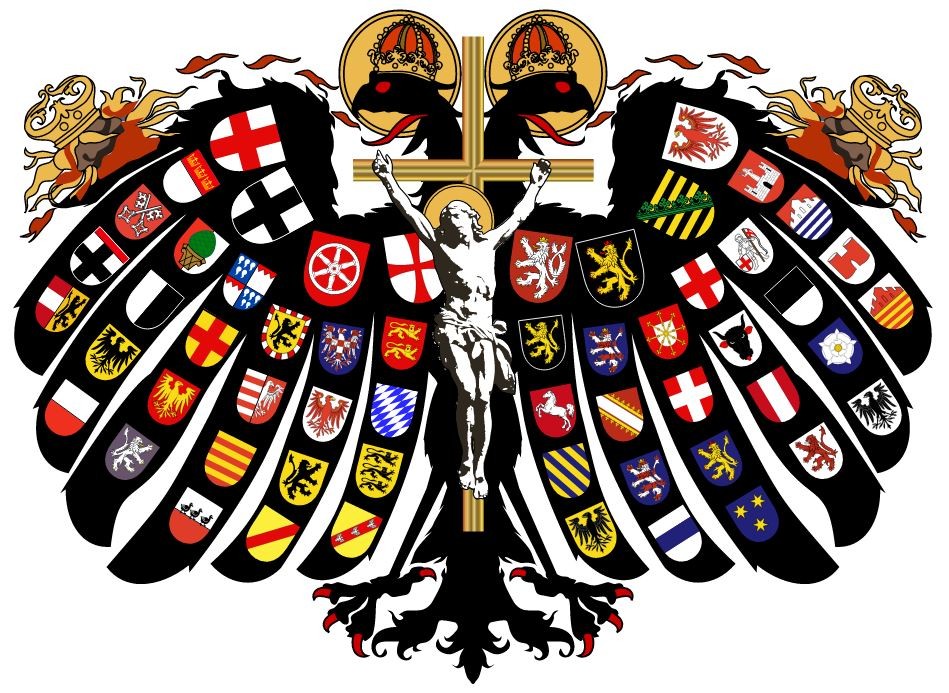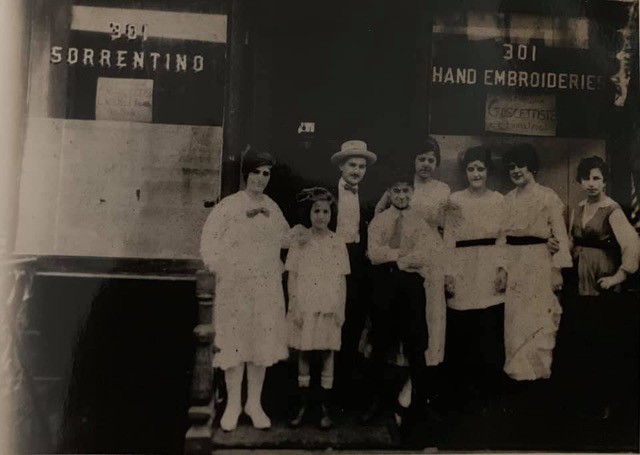How Professional Genealogists Determine Ancestral Nobility in Italy
This concise historical presentation is intended not as an exhaustive sociological treatise, but as a general introduction for the layman. It is presumed that the reader has already reviewed Italian Heraldry, Nobility & Genealogy. Because of the highly individual nature of genealogical and heraldic projects, many of these observations are necessarily generalities.
Italian nobiliary practices cannot be compared directly to those of other countries, such as Scotland or Russia. Even within Italy, regional differences must be considered because until circa 1870 this nation did not exist as a politically unified state.
The Italian Republic was founded by popular referendum in 1946. Two years later, the Italian Constitution established that titles of nobility and coats of arms henceforth were not to be recognised officially by the state, although in some cases the predicato (territorial designation) associated with a titled family could be legally attached to a surname. Thus, the Lanza family, princes of Trabia, are no longer addressed in legal documents (passports, etc.) by the title principe (prince), but their full surname is Lanza di Trabia, not simply "Lanza". It is important to observe that the use of aristocratic titles in Italy is no way outlawed, and historical titles are often used socially, with the titles of cavaliere (knight) and dama (dame) recognised in some cases. A consequence of the lack of governmental recognition of titles in Italy is the proliferation of impostors - people who claim, or even bestow, fraudulent or unsurped titles.
While there exist no means to petition for "official" recognition of Italian noble titles or coats of arms, some private organisations, such as those associated with the former ruling dynasties, continue to recognise these.
The greater titles of nobility are Principe (Noble Prince), Duca (Duke), Marchese (Marques), Conte (Count), Visconte (Viscount) and Barone (Baron). The wife or widow of one of these noblemen is styled by the feminine version of her husband's title - Principessa, Duchessa, et al. In former times, the son of a titled noblemen was occasionally addressed by courtesy by his father's title. The minor titles of nobility are Patrizio (Patrician), Nobile (Nobleman) and Cavaliere Ereditario (Hereditary Knight).
The historical evidence of an ancestor's nobiliary title is usually obvious and can be confirmed through juridical investigation because of documents creating or recognising the rank. The former use of certain titles (particularly baron) without authority must be considered in some cases because rural families of untitled nobility were often identified as "baronial" in the absence of fuedal rights or recognition by the crown.
Nobile is the most frequent aristocratic rank in Italy because, in addition to families that were never actually titled, the younger sons (cadets) of titled noblemen were traditionally regarded as nobili. Thus one encounters such usage as, for example, Giuseppe Lanza dei Principe di Trabia (Giuseppe Lanza of the Princes of Trabia). In Addition to those whose untitled nobility was recognised formally, there were familes of rural gentility that were considered by tradition to be of untitled minor nobility - an Italian class analogous to Britain's landed gentry. Establishing the nobiliary status of such families depends upon various factors and is essentially twofold.
Firstly, documentary evidence must indicate that several ancestors in the same line were accorded honorific forms of address (Magnifico, Illustrissimo, don) in civil or church records before the nineteenth century. Such designations were applied rather loosly in centuries past - especially in rural localities, where any literate tradesman might be addressed as "don". While most local officials or wealthy landholders could not claim nobility, the use of such titles does serve to support the possibility of nobility in some cases.
Secondly, associated heraldic evidence must exist. The family must have been attributed a coat of arms that appertained to that family in particular, not to another in the same region which coincidentally bore the same surname. The coat of arms might be found as the engraving on an ancestral residence or the seal in a document. Perhaps it was recorded in a heraldic reference which mentions a proven (and legitimate) ancestor.
Circumstantial evidence is important, but it can be misleading. For example, one might conclude that local residents who share the surname of the local duke are his kin, and therefore nobles. Documentary research, however, might well demonstrate the contrary - for they might descend from the ducal family's servants.
Anecdotes are rarely accurate or demonstrable. A frequent story is that of an ancestor's having been the illegitmate child of a nobleman. Typically, he was born to an unwed mother whose family subsequently sought to salvage her dignity by alleging aristocratic paternity. It is usually impossible to prove this.



